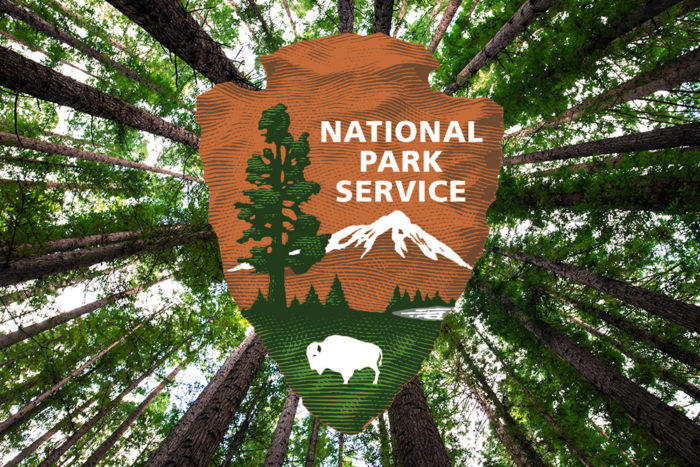Across more than 800 square miles of western North Carolina and eastern Tennessee, Great Smoky Mountains National Park is home to amazing wildlife, breathtaking views, and some of the oldest mountains in the world.
Find the information you need to plan your next adventure!
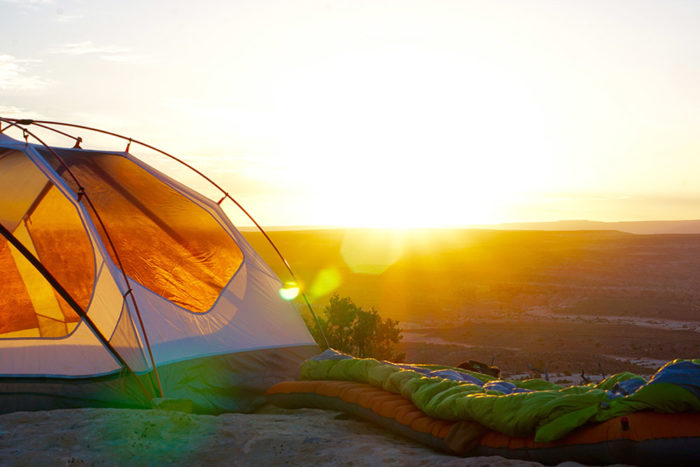
Camping
The park offers several different kinds of campsites. To learn more about each and to make a reservation, click the links below to be directed to NPS.gov.
Backcountry – for backpackers. Requires hiking several miles to a site located in the park’s backcountry.
Frontcountry – camping near your car in a developed campground with cold running water and flush toilets.
Group Campgrounds – large campsites suitable for groups of eight people or more. Located in frontcountry campgrounds.
Horse Camps – small campgrounds, accessible by vehicle, that offer hitch racks for horses and primitive camping facilities.
Questions about new firewood policies? Click here.

Hiking
With more than 800 miles of trail in the park, there is an outdoor adventure for hikers of all skill levels during all seasons.
Hiking Safety
Choosing a Trail
Trail Map
Leave No Trace
Many determined hikers seek to join the “900 -Miler Club” by hiking all of the trails in GSMNP. You can find out more about the club, list of trails and mileages, and membership application on the club’s website here.
Hike with Friends of the Smokies:
Classic Hikes of the Smokies (monthly Mar.-Dec.)
Get on the Trail with Friends and Missy (weekly in Apr. & Oct.)

Wildlife
The park is home to many species animal including black bears, elk, white-tailed deer, turkeys, salamanders, hundreds of native and migratory birds, and more. Much of the park is covered in forest, so open areas like Cataloochee Valley and Cades Cove offer great opportunities for viewing wildlife.
Remember: It is illegal to approach within 150 feet of wild animals in the park, so bring your binoculars or zoom lens for your camera. And do NOT feed wildlife.
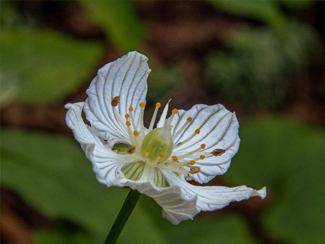
Wildflowers
On any given spring day, there may be as many as 1 million wildflowers in bloom all around the park.
Some of the most recommended wildflower walks are:
Porters Creek Trail
Deep Creek Trail
Little River Trail
Cove Hardwood Trail
Depending on elevation and species, you can find flowers, trees and shrubs in bloom every month of the year. For more information on wildflowers and peak seasons, click here.
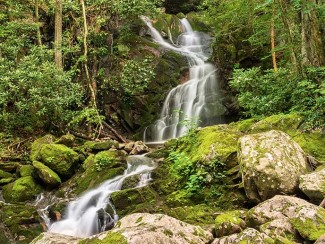
Waterfalls
Ample rainfall (85″+ per year) and elevation gradients in the Smokies are the perfect recipe for waterfalls. Sizes and flow can range from small trickles found on most streams, to cascades and waterfalls up to 100 feet high. Some of the most popular waterfalls are:
Abrams Falls
Grotto Falls
Laurel Falls
Lynn Camp Prong Cascades
Mingo Falls
Mouse Creek Falls
Rainbow Falls
Ramsey Cascades
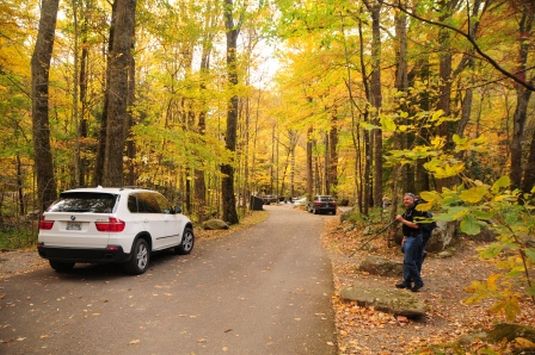
Auto Touring
There are 384 miles of road to choose from in the Smokies. Most are paved, and even the gravel roads are maintained in suitable condition for standard passenger cars. Some of the most popular routes include:
Cades Cove Loop Road
Cataloochee Valley
Newfound Gap Road (US 441)
Roaring Fork Motor Nature Trail
For more information on traffic and travel tips, click here.
Before you go, check seasonal road closures.

Fishing
The park has nearly 3,000 miles of streams and protects one of the last wild trout habitats in the eastern US. Fishing is permitted in all streams, year-round, from 30 minutes before sunrise to 30 minutes after sunset.
You must possess a valid fishing license or permit from either Tennessee or North Carolina. Either state license is valid throughout the park and no trout stamp is required. Fishing licenses and permits are not available in the park, but may be purchased in nearby towns or online.
For more information on possession & size limits, lures & bait, and fish species in the park, click here.
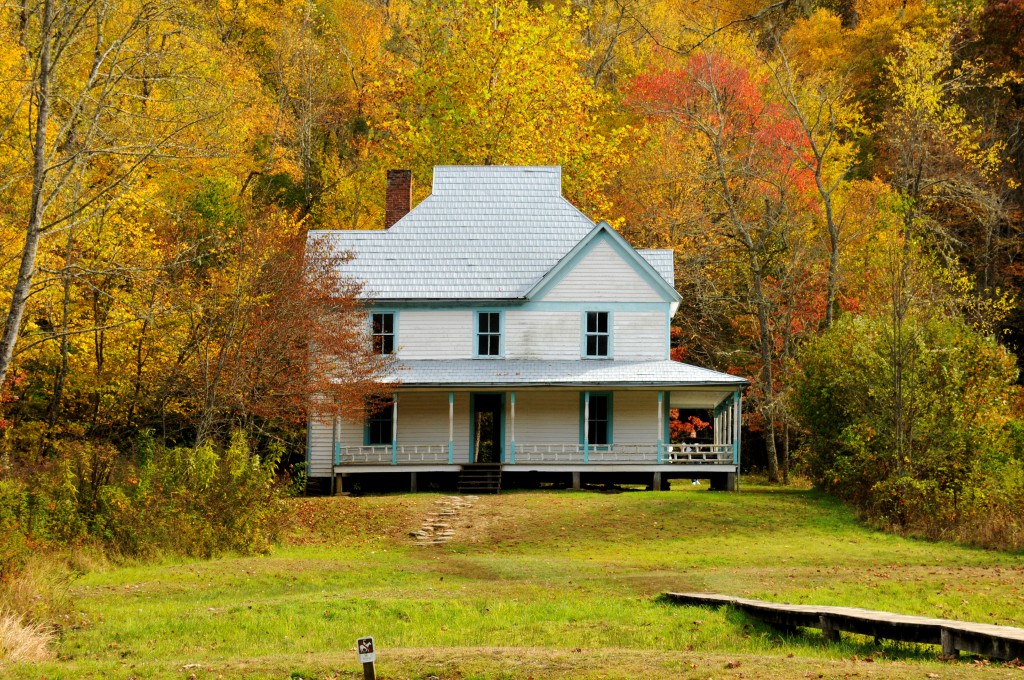
Historic Buildings
The park holds one of the best collections of log buildings in the eastern US. Over 90 historic structures—houses, barns, outbuildings, churches, schools, and grist mills—have been preserved or rehabilitated in the park. Some of the best places to see these structures are:
Cades Cove
Cataloochee
Mountain Farm Museum at Oconaluftee Visitor Center
Roaring Fork Motor Nature Trail

